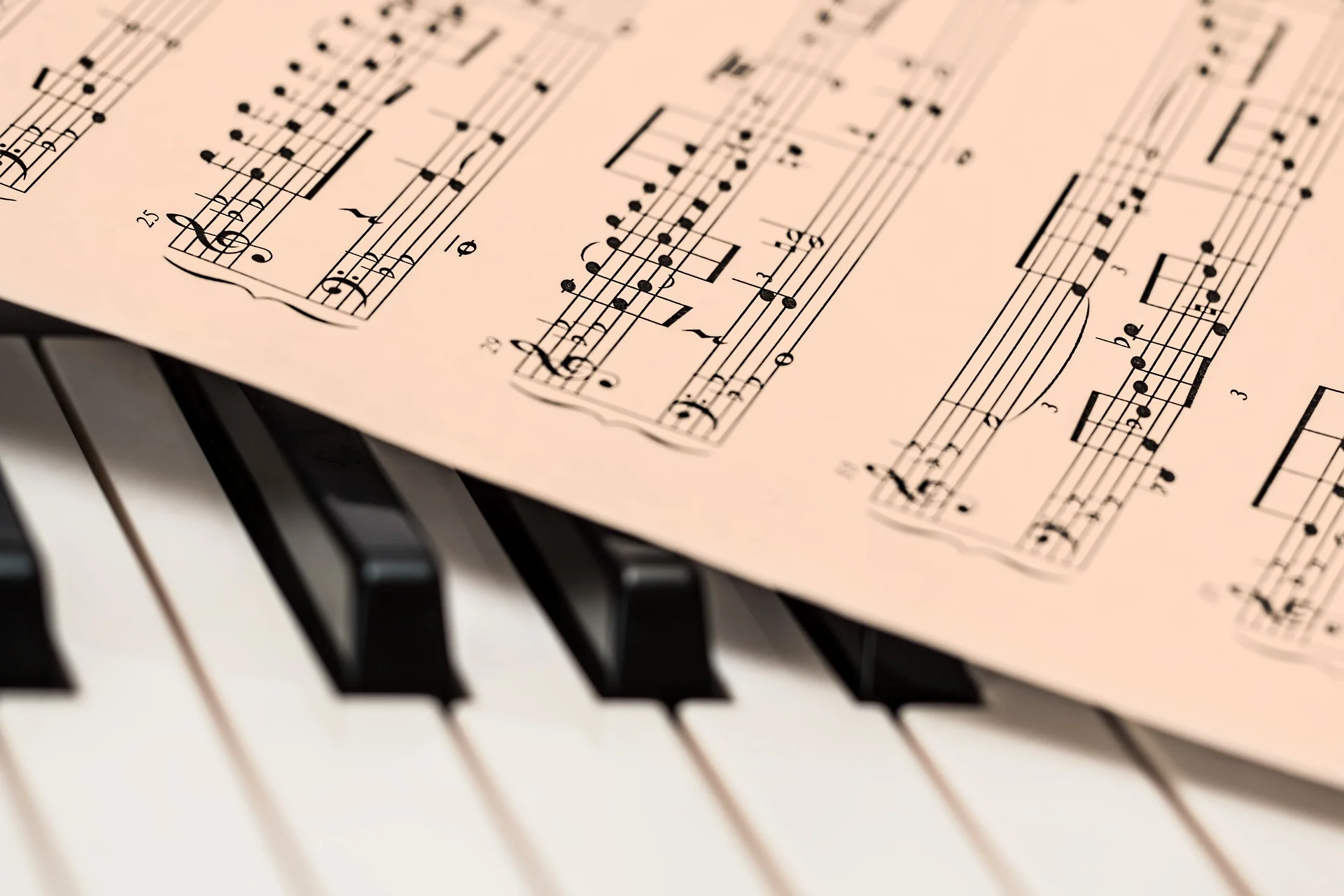By Kate MacKenzie
This is an exciting time to be apart of the AWSOM family! In July we rolled out our official Chamber Ensemble Program, which gives our students the opportunity to make music with other students! The possible instrument combinations are endless, and the music written for these groups is quite fun! Each chamber music ensemble will meet once a week with their coach (one of AWSOM's awesome teachers). It is a great way to meet other like-minded musicians, make some fantastic music, and learn in a group atmosphere!







